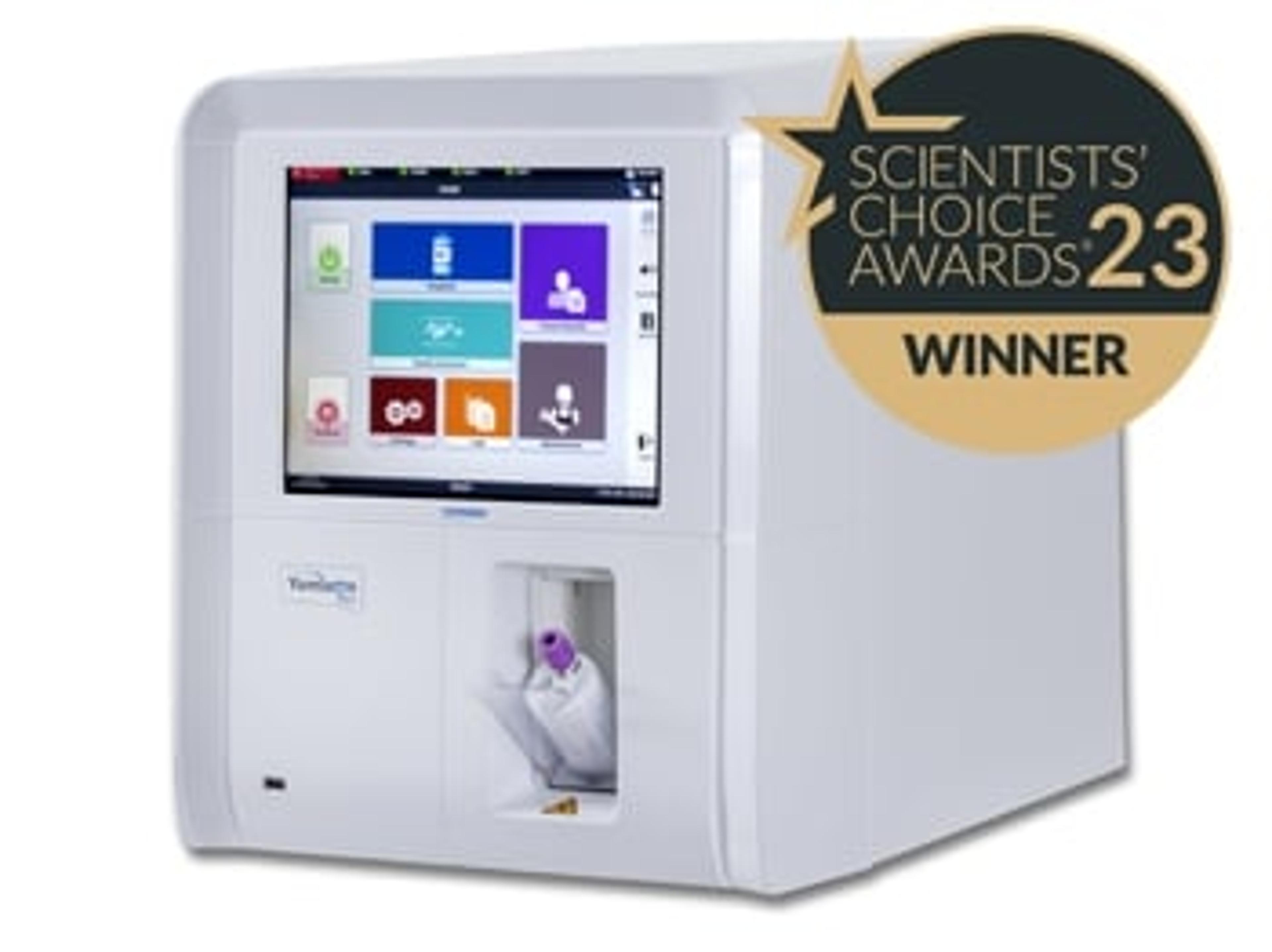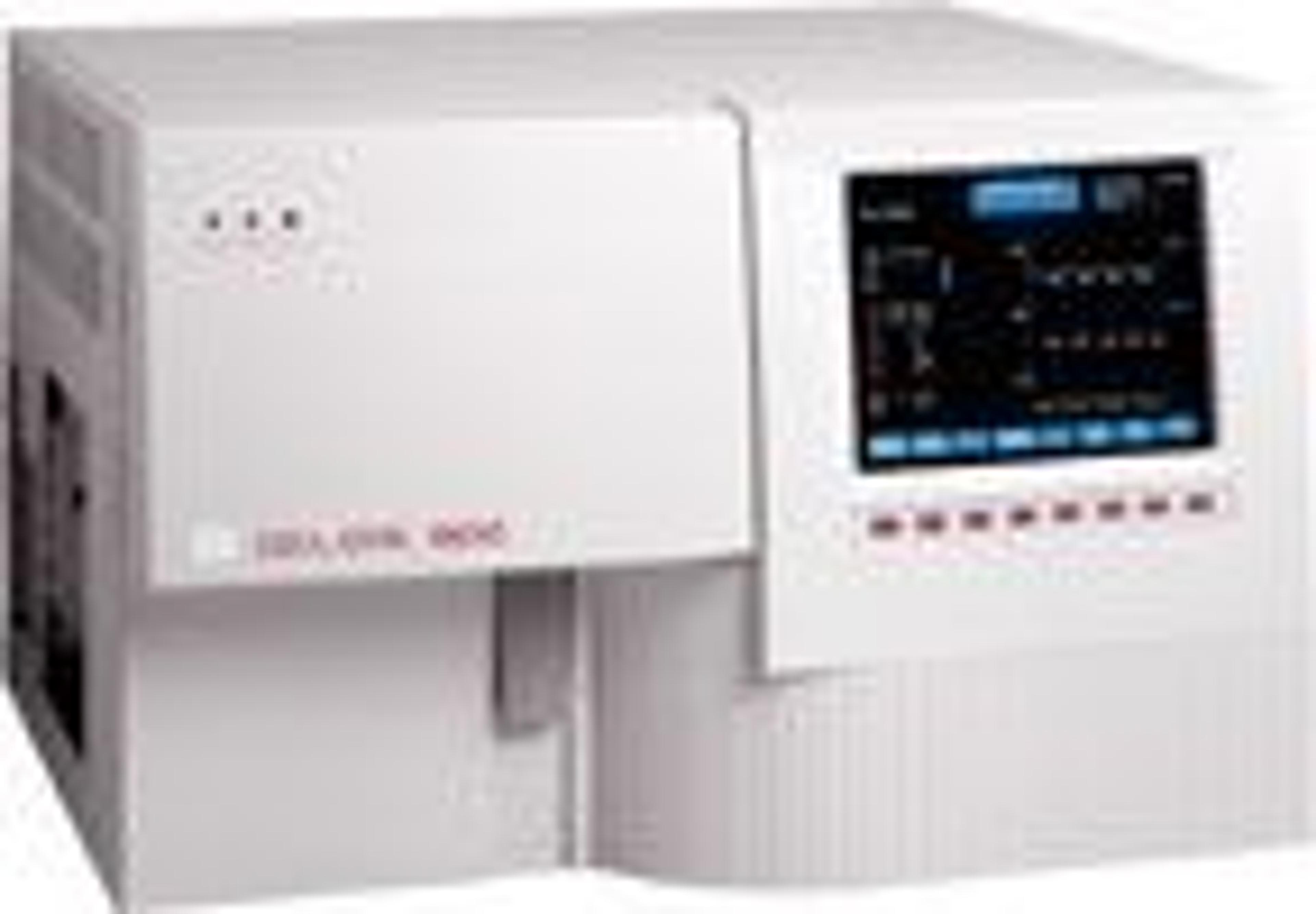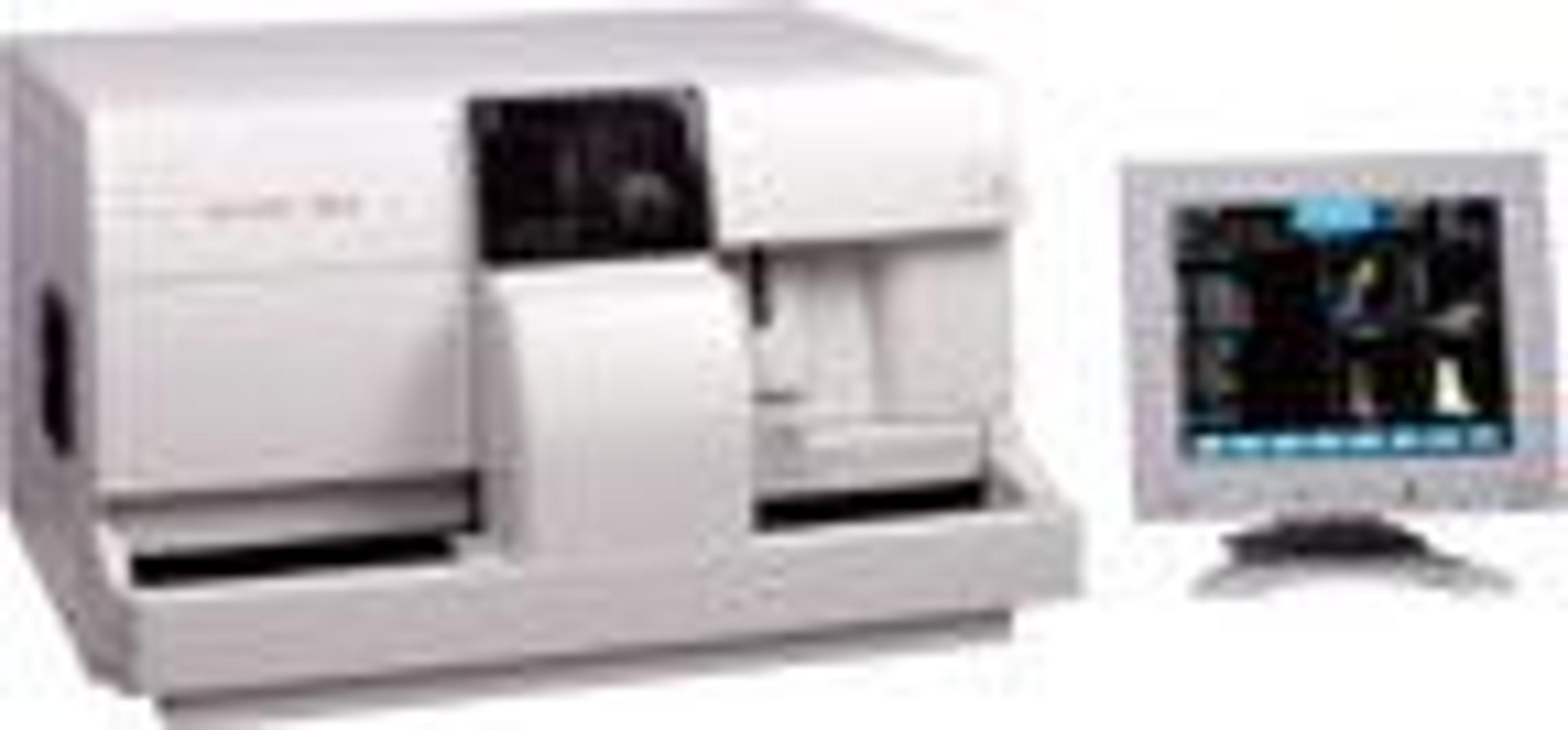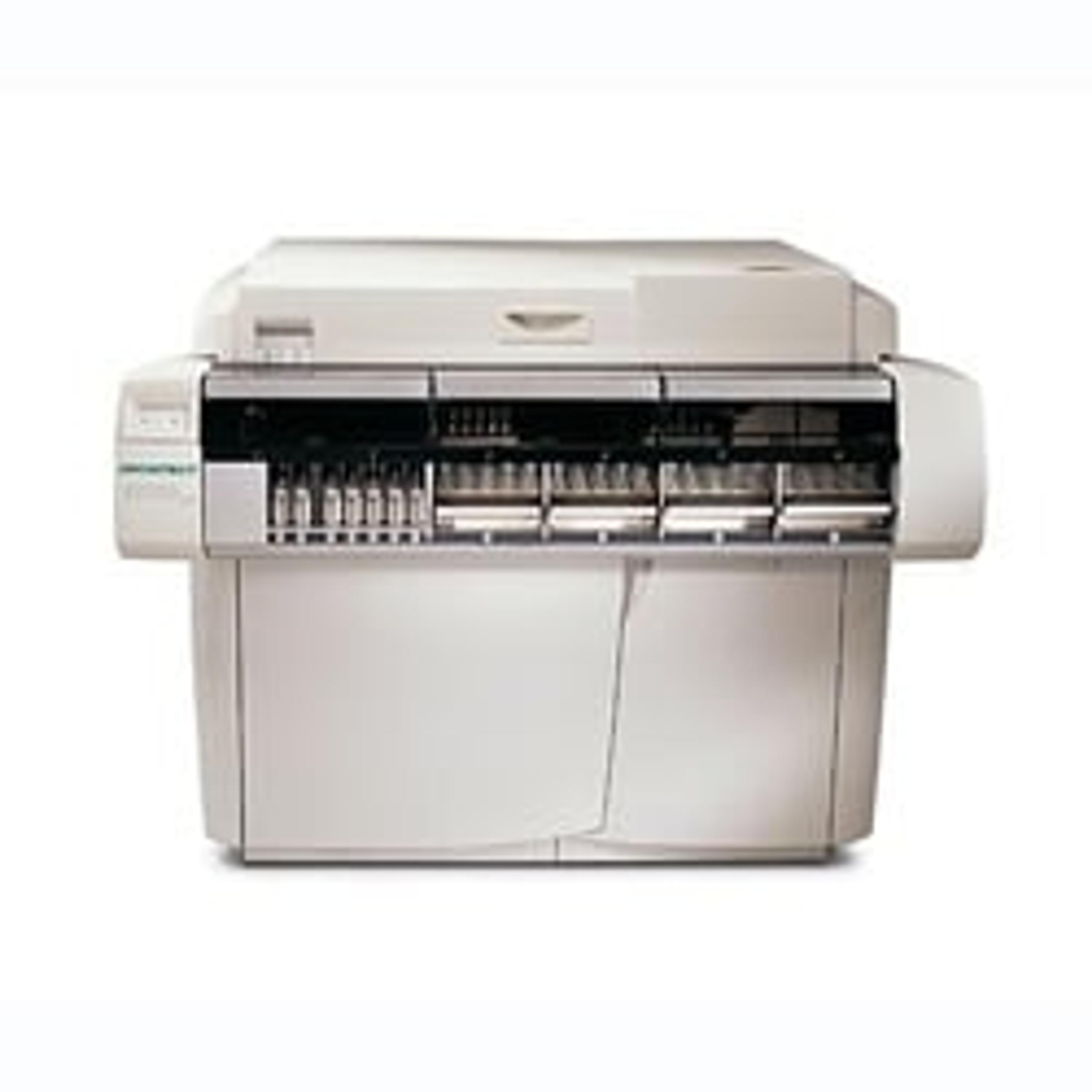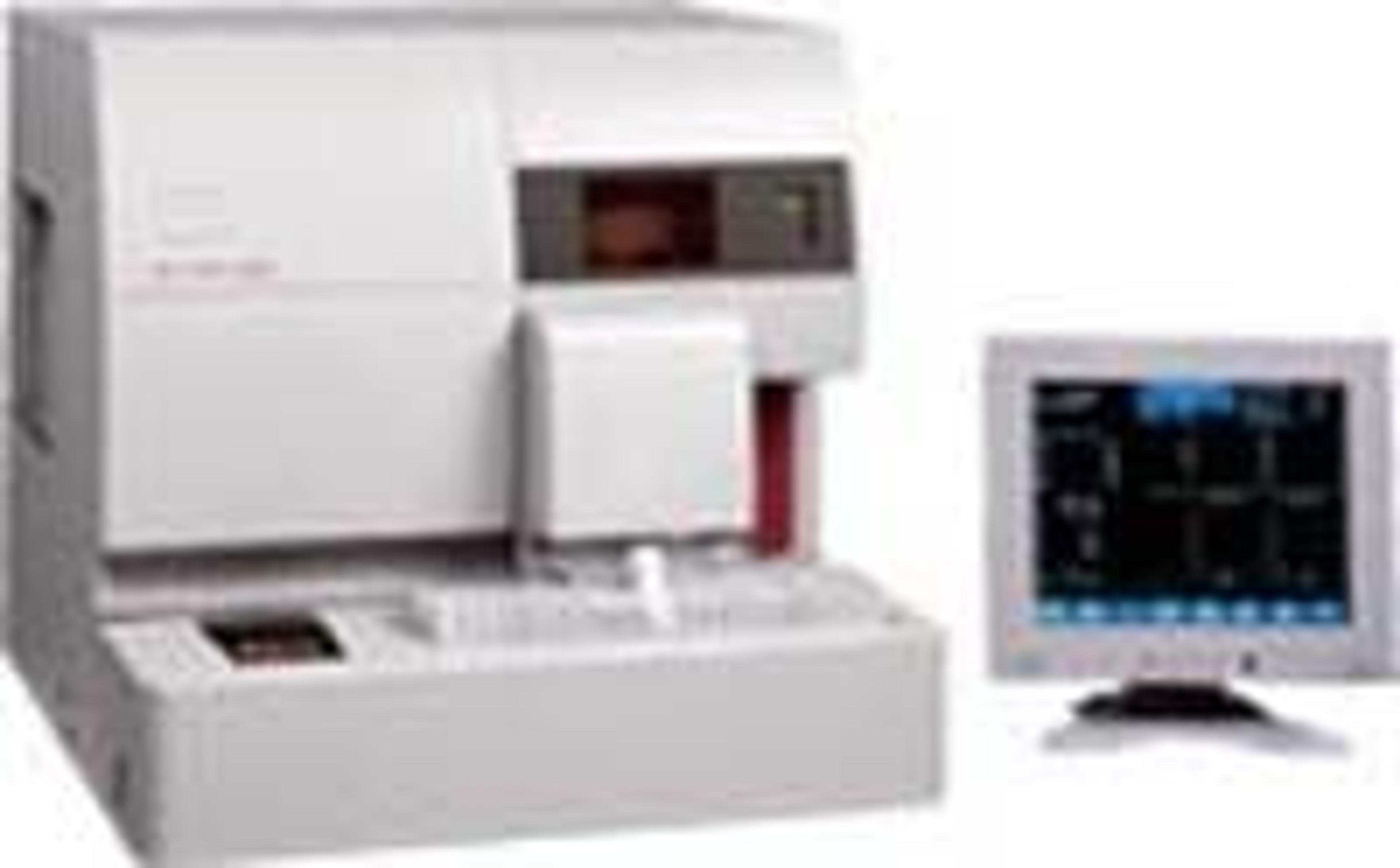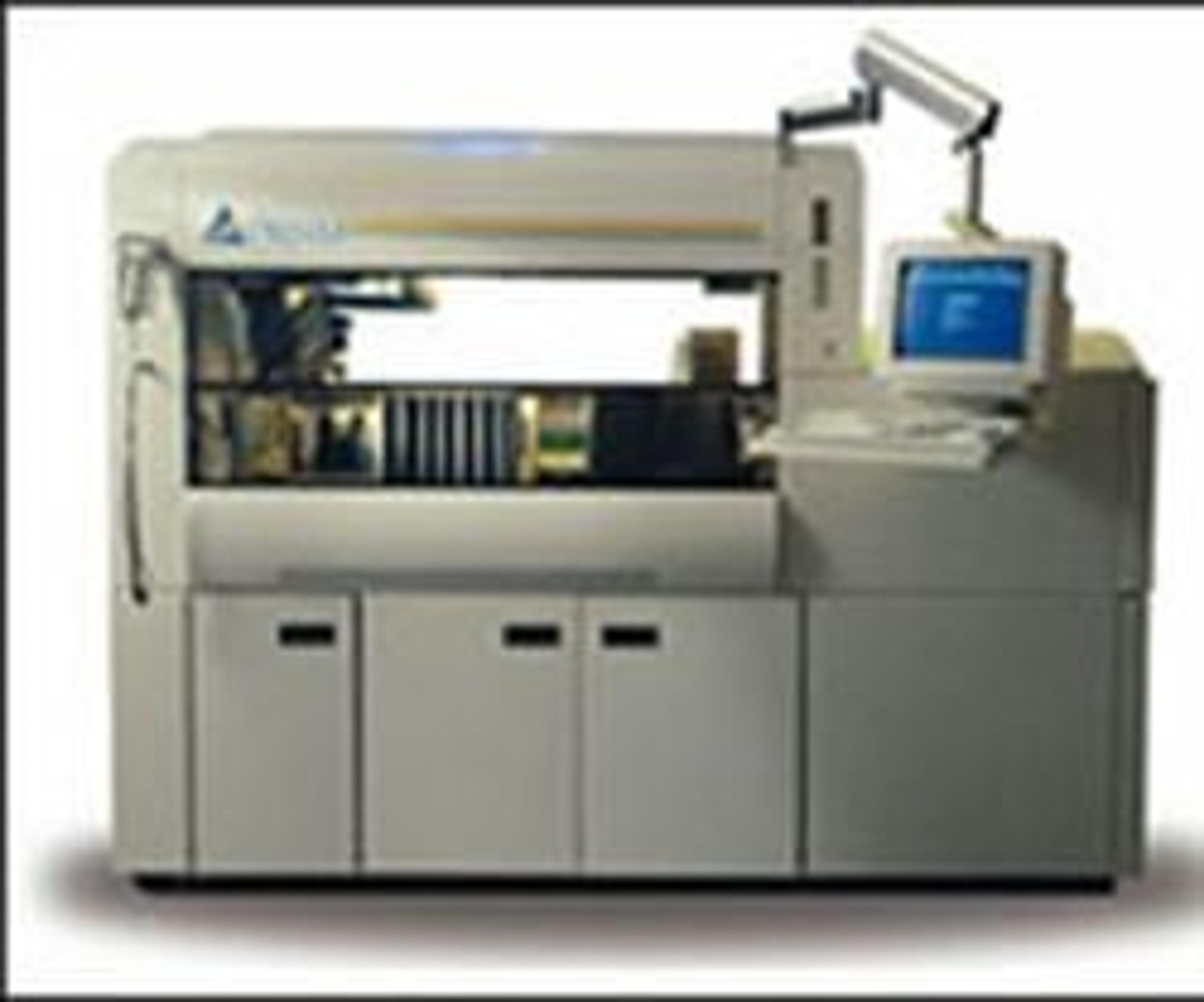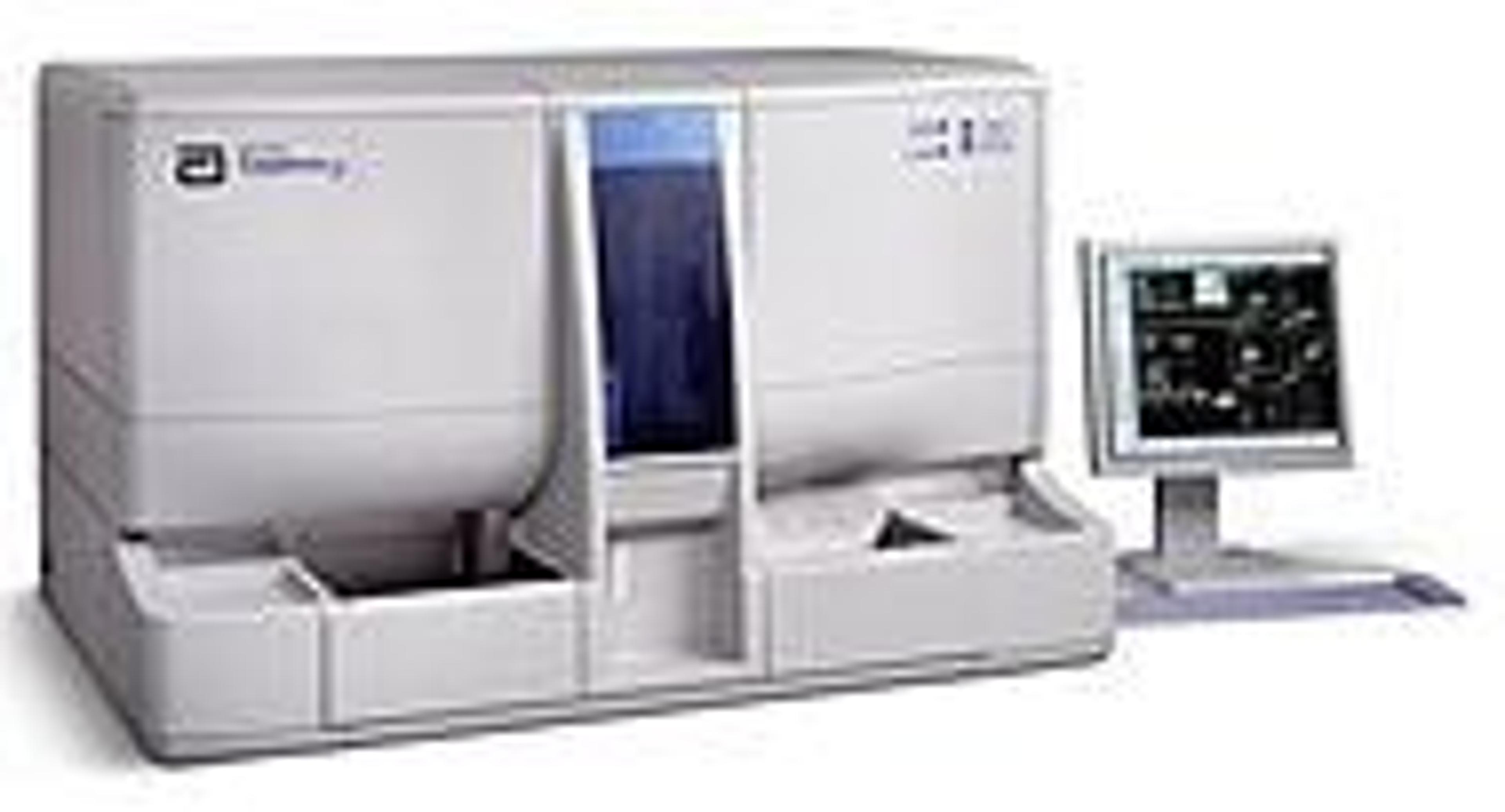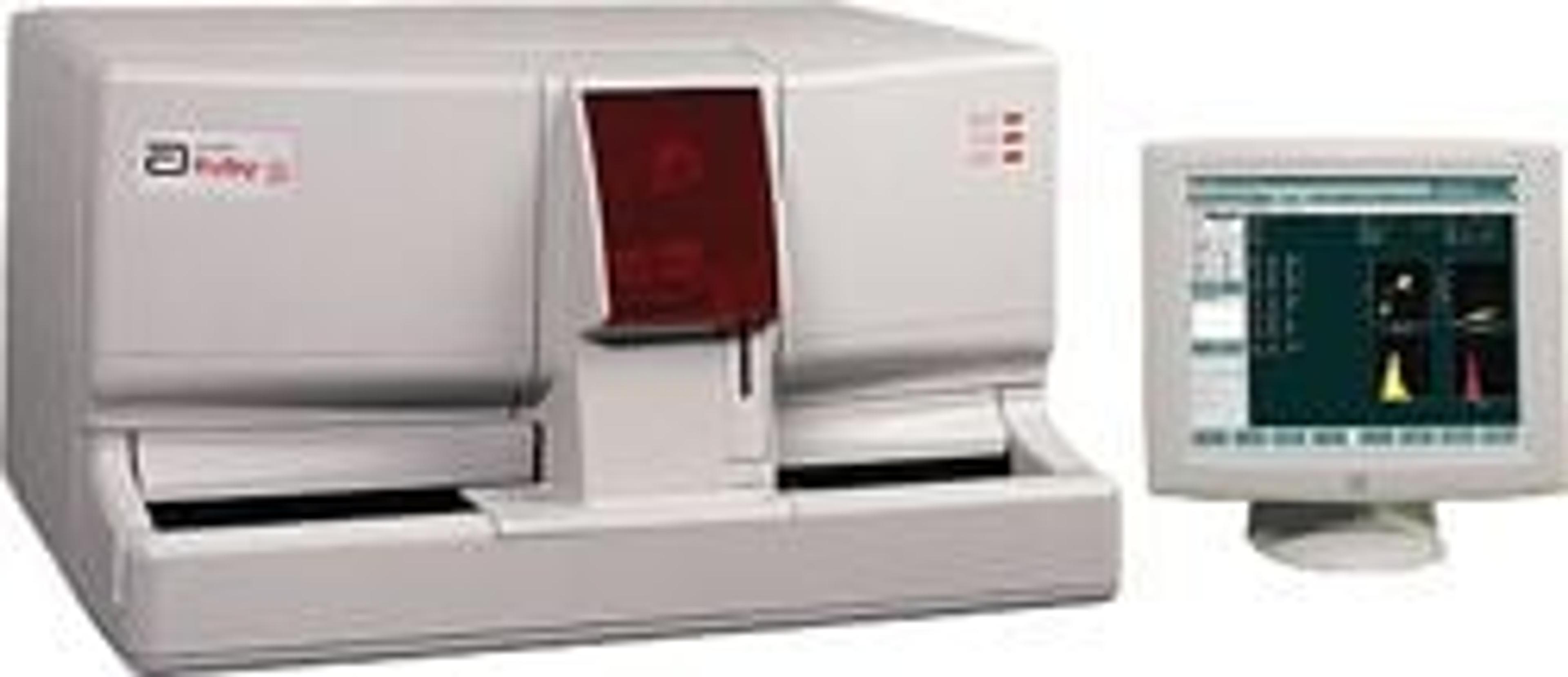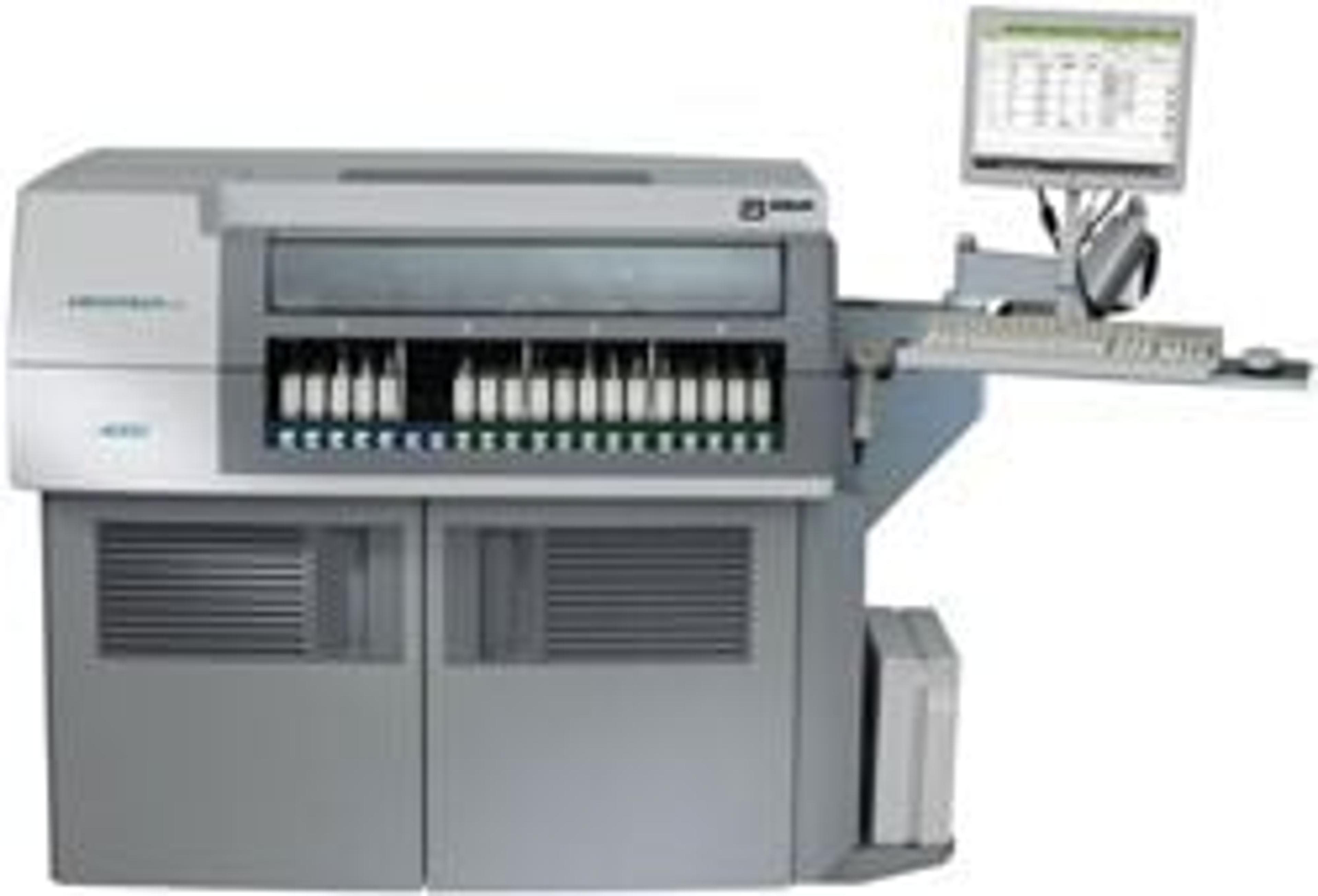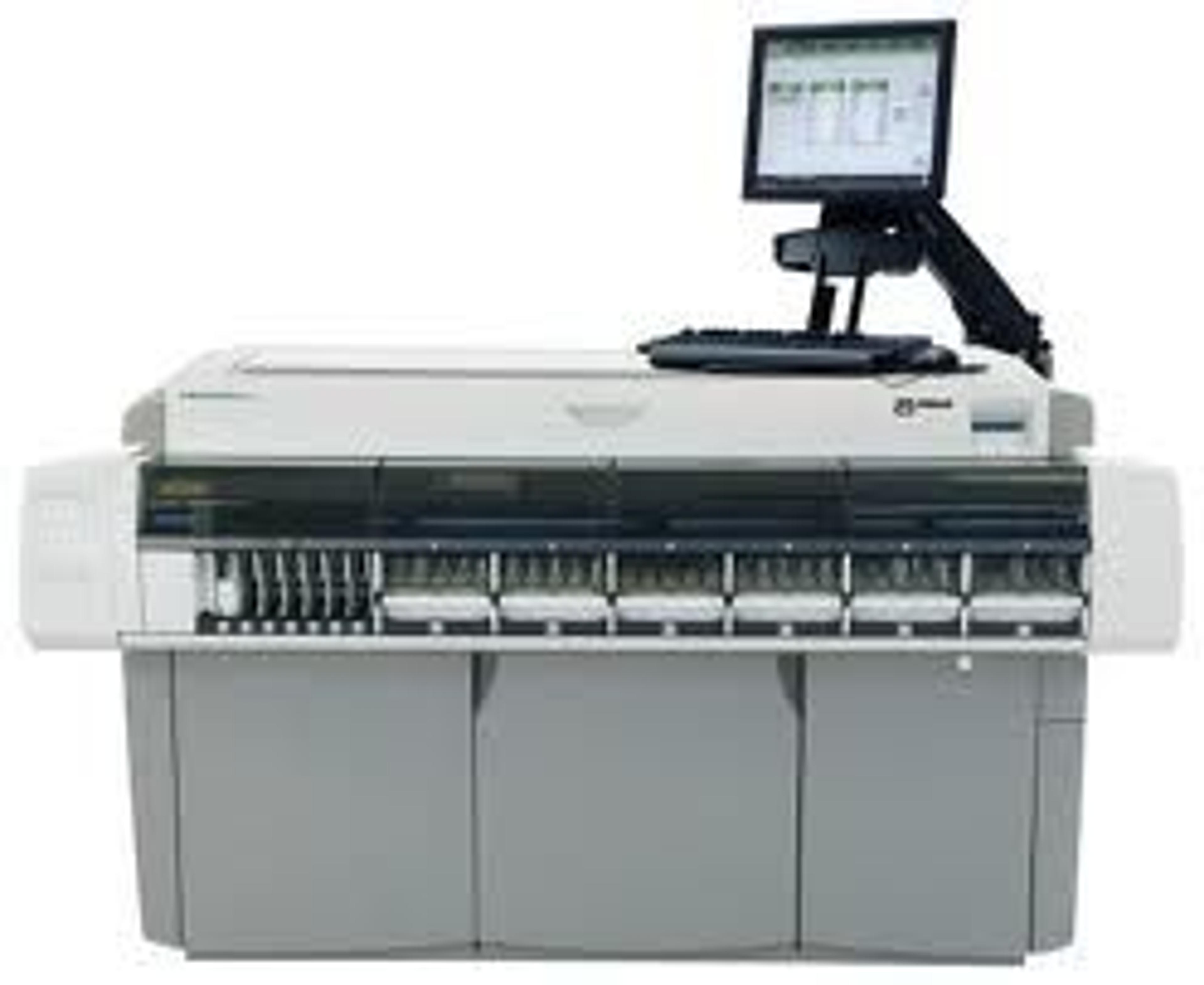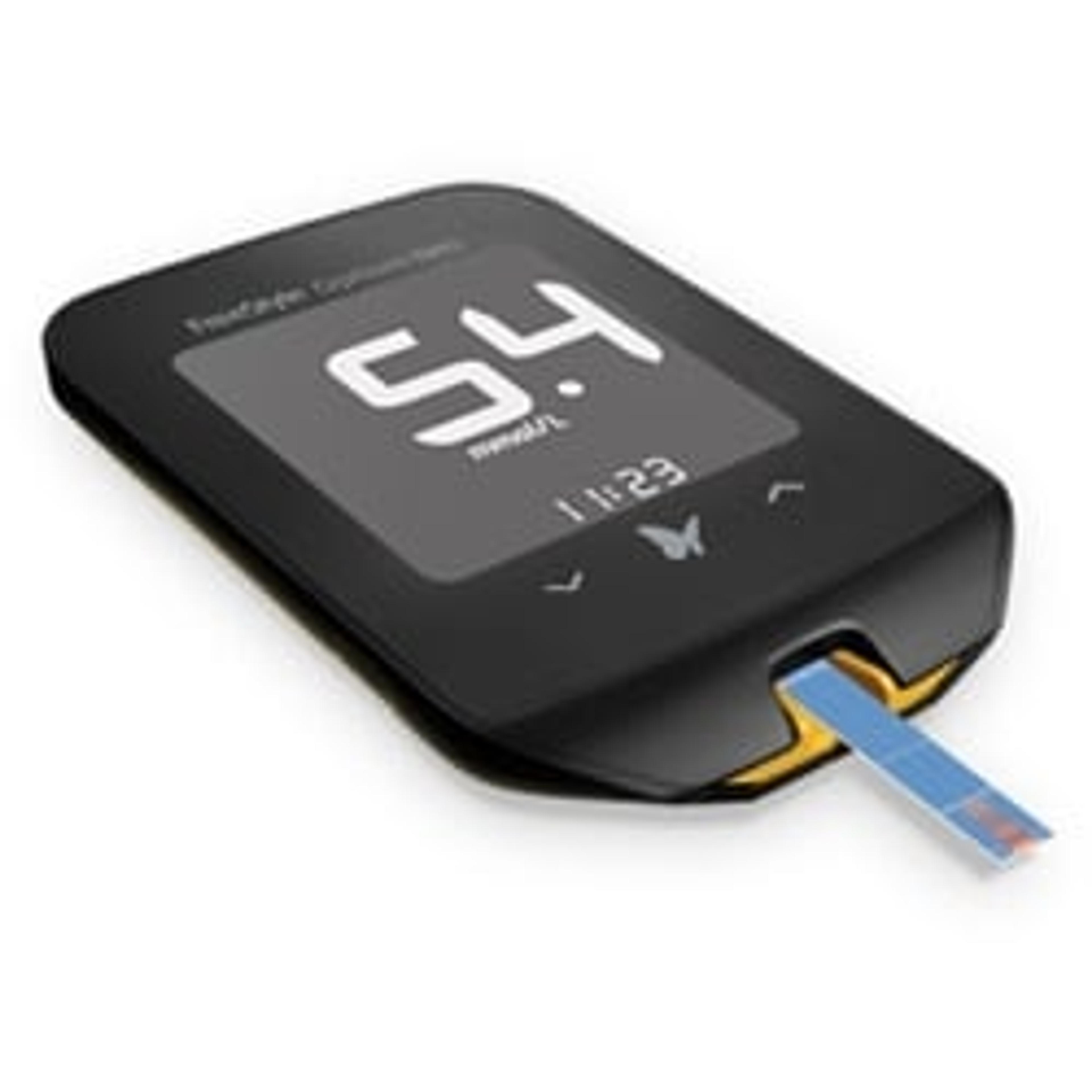ARCHITECT® HBsAg Reagent Kit
These reagents are used with the Abbott ARCHITECT® Instrument System to identify certain virus proteins associated with hepatitis B virus (HBV)2. If these virus proteins are present, then the patient is likely to be infected with HBV. How does it work? • A sample of the patient's blood is placed into reaction wells containing microparticles coated with antibodies to HBV. • If the blood sample contains HBV proteins, they will b…
Good product.
Chemistry department
The Abbott Hep B sAg is a very reliable product. It works well with good accuracy. We have added to in house testing and has saved us money. Highly recommend.
Review Date: 16 Nov 2018 | Abbott
Great assay on a great instrument.
blood analyte analysis
We are a medium size hospital lab and have used Abbott hepatitis testing for years. It is very easy to use and great results.
Review Date: 1 Aug 2018 | Abbott
Great reagent easy to use!
clinical chemistry
This reagent gives reliable results. It is easy to calibrate and to controls work great! Patient results are easy to interpret and are reproducible.
Review Date: 17 Apr 2017 | Abbott
These reagents are used with the Abbott ARCHITECT® Instrument System to identify certain virus proteins associated with hepatitis B virus (HBV)2. If these virus proteins are present, then the patient is likely to be infected with HBV.
How does it work?
• A sample of the patient's blood is placed into reaction wells containing microparticles coated with antibodies to HBV.
• If the blood sample contains HBV proteins, they will bind to the microparticles in the reaction wells.
• This reaction is detected by another substance that produces light, which is then measured to determine the presence of HBV in the blood.
• If this first test is positive, the patient's blood is retested to confirm the presence of HBV.
When is it used?
This test is used to confirm whether or not a person is infected with HBV.
What will it accomplish?
It can be used for testing pediatrics and pregnant women to see if the child may be at high risk for HBV infection.
When should it not be used?
This test should not be used for screening blood donors because FDA has not licensed it for this purpose.





